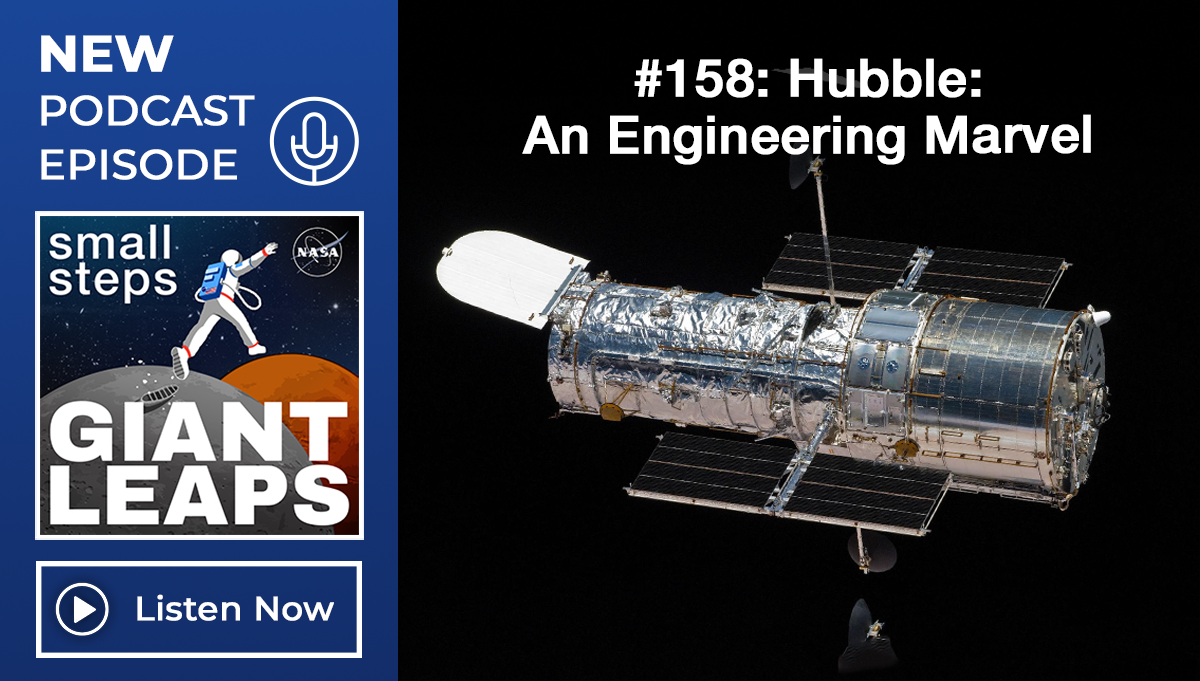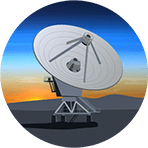January 31, 2011 Vol. 4, Issue 1 2010 was a year of dramatic change for NASA. With major programmatic changes in human spaceflight, proposed significant investments in technology development, a new National Space Policy and the pending retirement of the space shuttle, the agency operated in a highly dynamic environment.
Volume 4
January 31, 2011 Vol. 4, Issue 1 A recent RAND study recommends the development of remediation methods in addition to mitigation processes for orbital space debris based on lessons from nine parallel problem areas.
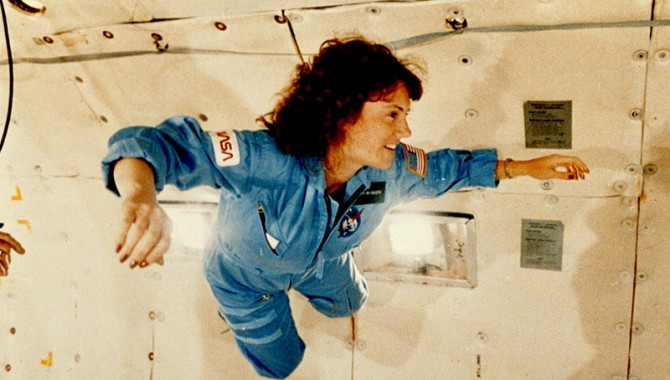
Vol. 4, Issue 1 On the 25th anniversary of the Challenger accident, a story by Bryan O’Connor offers a powerful reflection on the dangers of organizational silence.
January 31, 2011 Vol. 4, Issue 1 An offhand response landed Jennifer Keyes a chance to work at NASA, leading to ten years of unexpected opportunities.
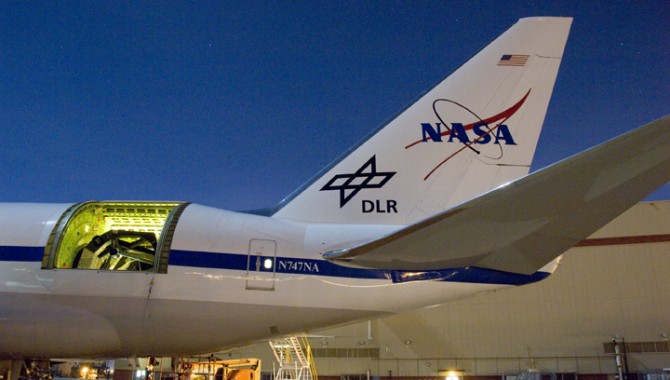
January 31, 2011 Vol. 4, Issue 1 There’s no clear path to become a top systems engineer, but as three engineers experienced, learning on the job is an important part of the process.
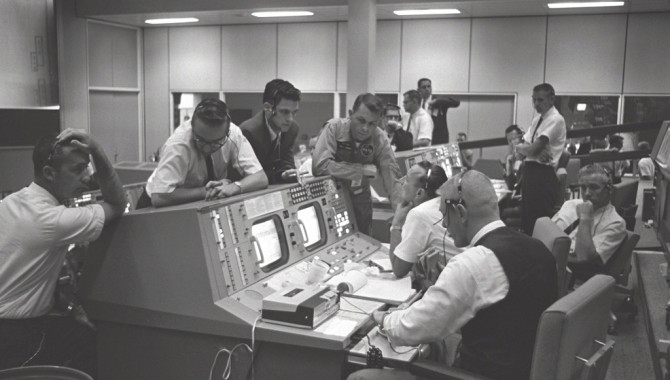
January 31, 2011 Vol. 4, Issue 1 Your job is the story.
January 31, 2011 Vol. 4, Issue 1 Experience is the best teacher, right? Not so fast, says James March of Stanford University.




